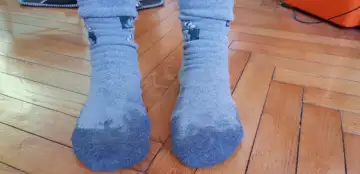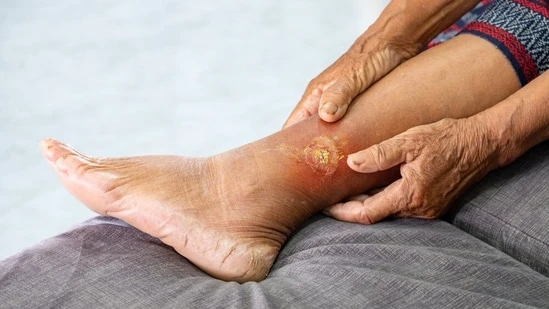Monsoon weather paves the way for many worrying health concerns. The unpredictable climate also aggravates existing conditions. And with people still commuting to work and going about their day regardless of the torrential rains and overcast skies, it becomes all the more important to stay alert.
One such condition is leg gangrene.
Dr Ashank Bansal, who is a vascular surgeon and interventional radiologist at Surana Sethia Hospital, Chembur, shared with us that the highest risk factors include undiagnosed diabetes, poor hygiene and monsoon’s high humidity. Monsoon especially has the environment for infections to grow, particularly for diabetic people.
Leg gangrene is a threatening condition as it may even require amputation. Dr Bansal described leg gangrene, “Leg gangrene is the death of body tissue due to a lack of blood flow or a serious bacterial infection. It most often affects the toes, feet, and legs. The moist, dirty conditions during the monsoon can increase the risk of skin damage and infections. So, if untreated, it may even require amputation.”
Dr Bansal shared a guide, listing out the top risk factors, complications, symptoms and prevention tips:
Top causes and risk factors

- Poor blood circulation (often due to diabetes or peripheral artery disease).
- Open wounds or ulcers.
- Fungal or bacterial infections.
- Wet shoes or socks, especially in diabetics.
- Weakened immune system.
Symptoms
- Numbness or severe pain in the leg or toes.
- Skin turning black, blue, or green.
- Foul-smelling discharge or pus.
- Fever and swelling.
- Cold or pale skin in the affected area.
Possible complications
Gangrene can spread quickly, leading to:
- Blood poisoning (sepsis)
- Tissue loss and even death.
- In severe cases, amputation may be required to save the patient’s life.
Tips to prevent leg gangrene in the monsoon
1. Make sure to keep the feet clean and dry. So, change wet socks and shoes immediately
2. Inspect feet daily for cuts, blisters, or colour changes. This is important, especially for diabetics
3. Avoid walking barefoot, even indoors. This can be risky
4. Treat any wounds promptly and consult a doctor for any signs of infection, such as oozing water or pus from the site
5. Maintain good blood sugar control and follow up regularly with your doctor
